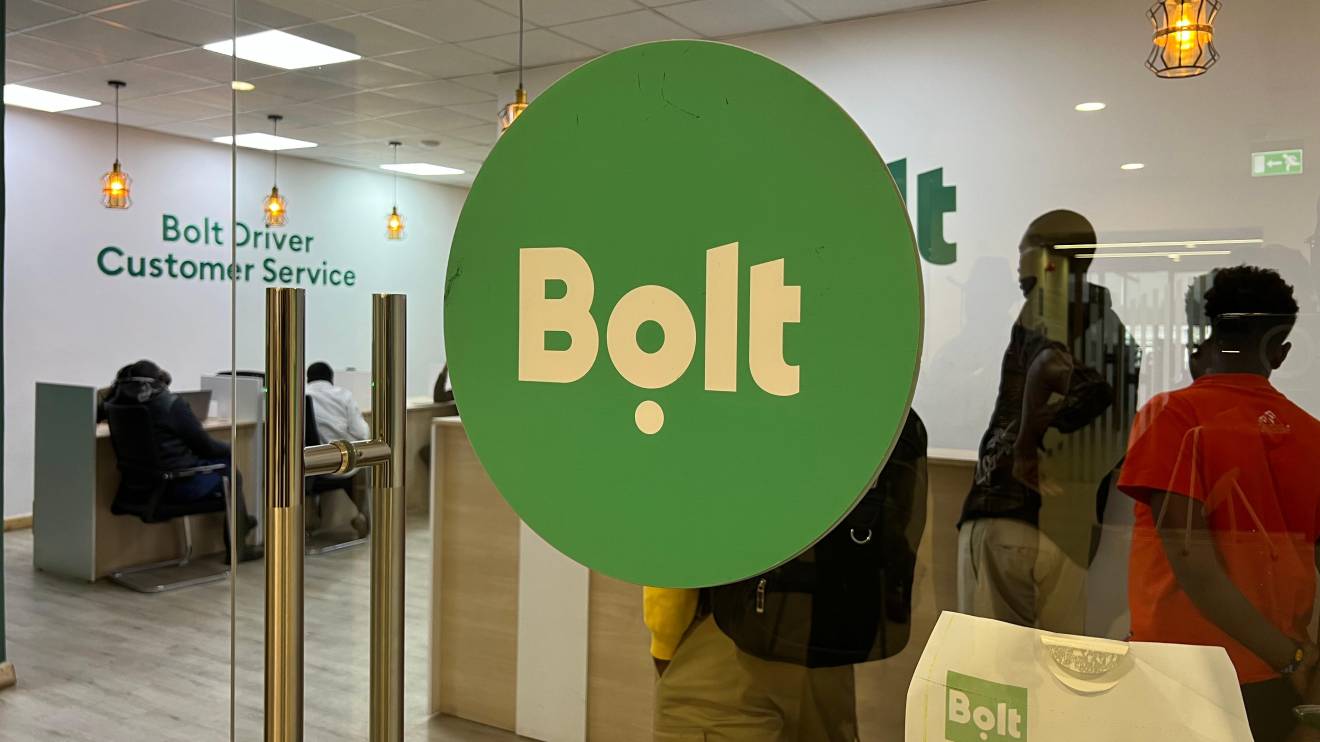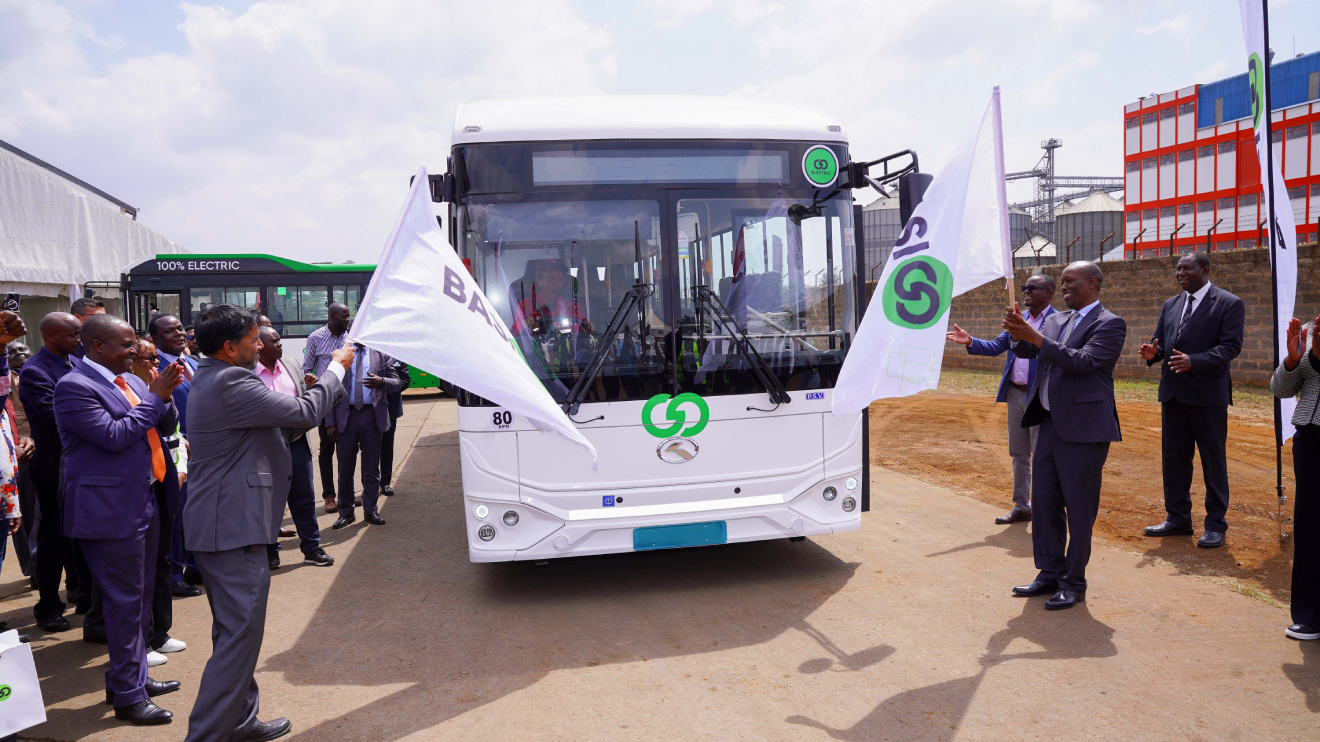I had heard the debates online—some praising Bolt’s new security features, others questioning whether they truly made a difference.
Were riders and drivers really safer, or was it just another corporate upgrade with little impact? I decided to find out.
Stepping into the world of ride-hailing safety
My journey began with a simple question: How do Bolt users feel about the latest security measures?
I spoke to drivers, riders, and industry insiders, hoping to separate perception from reality.
Read More
Bolt’s biggest addition is the Trusted Contacts feature, which allows riders and drivers to list family or friends who can be notified in emergencies.
According to Bolt Kenya General Manager Dimmy Kanyankole, this move aims to provide an extra layer of security.
“With Trusted Contacts, we ensure that if a rider or driver cannot be reached in a critical situation, our team can immediately escalate the issue to someone close to them,” Kanyankole explained.
I wondered how well this worked in practice.
Drivers on the front lines
Drivers, who often face unpredictable situations, had their own take.
Dennis, a driver on the platform for two years, was particularly relieved by the new Rider Verification feature, which requires passengers to verify their identity using a selfie before booking.
“There are times you pick up a rider, and you just have a bad feeling,” Dennis admitted.
“Now, with the verification feature, I have some assurance that the person in my car is actually the one who booked the ride.”
But Dennis also believed more could be done.
He suggested integrating real-time traffic data into Bolt’s security system to prevent false alarms.
“Sometimes we stop at traffic or in an estate waiting for a passenger, and the app might flag it as unusual. If the system could sync with live traffic data, it would reduce unnecessary alerts,” he explained.
His colleague Irene, a female Bolt driver, believes that while Bolt has made great strides in security, there’s a need for better awareness of these features among users.
“They’ve put in place some great security tools, but many drivers and riders don’t even know how to use them properly,” she noted.
“Maybe if they rolled out training sessions or informative messages within the app, more people would take advantage of them.”
She also raised a concern about hijacking situations, suggesting a discreet panic button that wouldn’t be obvious within the app.
“If someone tries to hijack you, they won’t let you reach for your phone to press an emergency button,” Irene pointed out.
“But if there was a feature linked to a different device—maybe a button on your steering wheel or phone case—that could silently alert Bolt’s safety team, it would be much more effective.”
Riders want more innovation
Among riders, the response to Bolt’s safety improvements was largely positive, though some had additional suggestions.
Jackson, a frequent Bolt user, told me he relies heavily on the Trusted Contacts feature, particularly for his female relatives.
“I always tell my sisters and cousins to add me as a trusted contact,” he said.
“That way, if anything happens, I can be alerted immediately. It gives me peace of mind knowing there’s an extra layer of security.”
But Jackson had another idea—a black box-style device that records trip data in detail, similar to those used in airplanes.
“If rides could be recorded, from speed to stops and even in-car audio when necessary, it would make it easier to resolve disputes. That way, if anything happens, there’s clear evidence of what went down,” he explained.
Faith, another regular Bolt rider, told me she felt more secure knowing that someone she trusted could be alerted if needed.
“I feel safer now knowing that Bolt takes action swiftly when there’s a complaint. They’ve also improved their response time, which is reassuring,” she said.
The road ahead
By the end of my conversations, one thing was clear: Bolt’s security upgrades have made an impact, but the journey toward safer rides is far from over.
Drivers want features that consider real-world scenarios, like silent distress signals and improved tracking.
Riders appreciate the steps taken but believe technology can go even further to protect them.
As I wrapped up my investigation, I realized that safety in ride-hailing is not just about technology—it’s about trust.
And that trust will only grow if platforms like Bolt continue listening to the people who rely on them every day.







-1757663582.jpeg)
